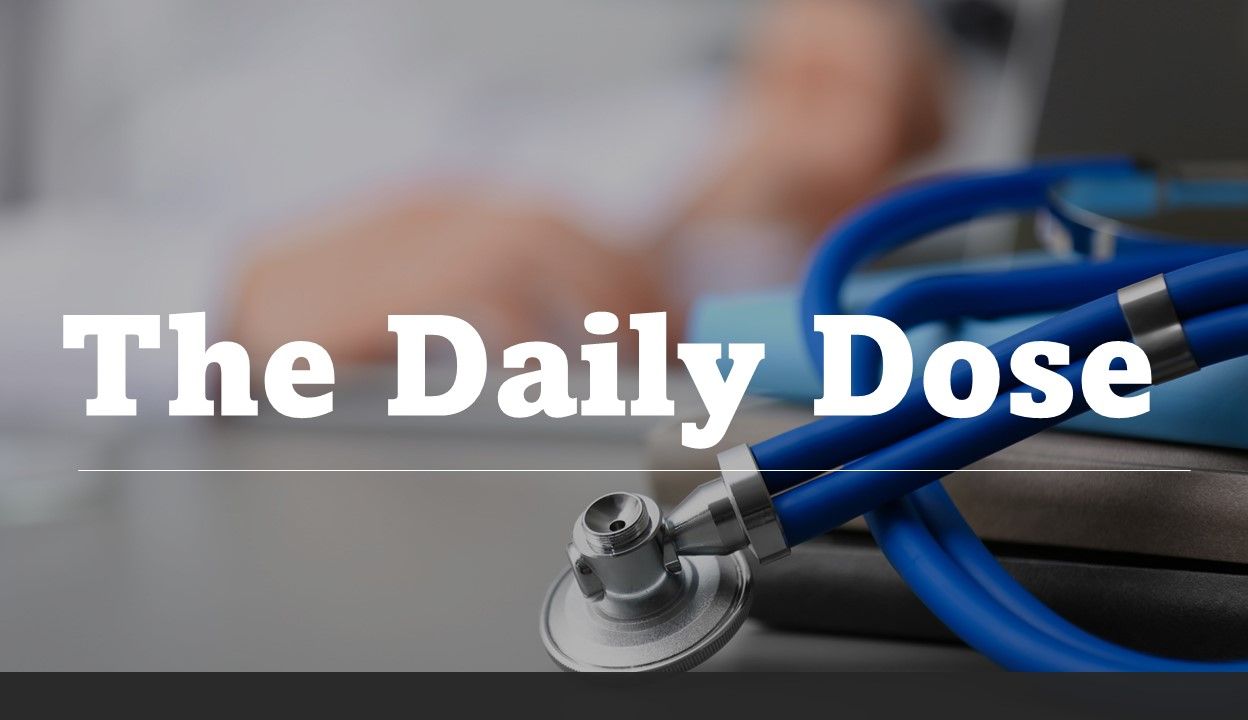- Clinical Technology
- Adult Immunization
- Hepatology
- Pediatric Immunization
- Screening
- Psychiatry
- Allergy
- Women's Health
- Cardiology
- Pediatrics
- Dermatology
- Endocrinology
- Pain Management
- Gastroenterology
- Infectious Disease
- Obesity Medicine
- Rheumatology
- Nephrology
- Neurology
- Pulmonology
Daily Dose: Oral Menopausal Hormone Therapy Associated with Higher Risk of NAFLD
©New Africa/AdobeStock

Patient Care brings primary care clinicians a lot of medical news every day—it’s easy to miss an important study. The Daily Dose provides a concise summary of one of the website's leading stories you may not have seen.
Last week, we reported on findings from a study published in Nature Scientific Reports that evaluated the prevalence and progression of nonalcoholic fatty liver disease (NAFLD) after menopausal hormone therapy (MHT) based on estrogen delivery route and dosage.
The study
Researchers compared data from consecutive postmenopausal women who received 12 months of MHT at the Menopause Clinic at the Samsung Medical Center, Seoul, Korea, from January 2016 to December 2020.
Study inclusion required participants be aged 45 to 60 years, be postmenopausal (at least 12 months of amenorrhea), have consistently used the same menopausal hormone therapy regimen for at least 12 months, and have undergone a general health screening including abdominal ultrasonography before and after menopausal hormone therapy.
Potential participants were excluded for reasons including a change in therapy regimen within 12 months, positive serology for hepatitis B or C, daily consumption of more than 10 g of alcohol, and use of drugs that could significantly affect hepatic metabolism or body weight.
The final cohort numbered 368 women who were divided by route of estrogen administration into the oral MHT group (n=293) and the transdermal MHT group (n=75).
Investigators compared prevalence of NAFLD between the transdermal and oral administration groups at baseline and after 12 months of MHT. They also assessed differences in progression of NAFLD after beginning MHT based estrogen dose and type of progestogen in the oral administration group.
Findings
The researchers reported that after 12 months of MHT, the prevalence of NAFLD decreased from 24% to 17.3% in the transdermal group but increased from 25.3% to 29.4% in the oral group, a difference that reached statistical significance (P = .036).
The proportion of participants that experienced NAFLD progression after initiation of MHT was significantly lower in the transdermal group than in the oral group (2.7% vs 11.3%; P = .024), whether NAFLD was newly diagnosed or was preexisting and had worsened.
When the investigators analyzed progression by baseline NAFLD status, they found it more prominent among those with preexisting (16.2%) than without preexisting (9.6%) NAFLD in the group taking oral MHT; the difference did not reach statistical significance.
Authors' comment
"The findings can help healthcare providers and patients in decision-making regarding choosing the best MHT option, especially in postmenopausal women who already have pre-existing NAFLD or who are at high risk of developing NAFLD."
Click here for more details.
Related Content
